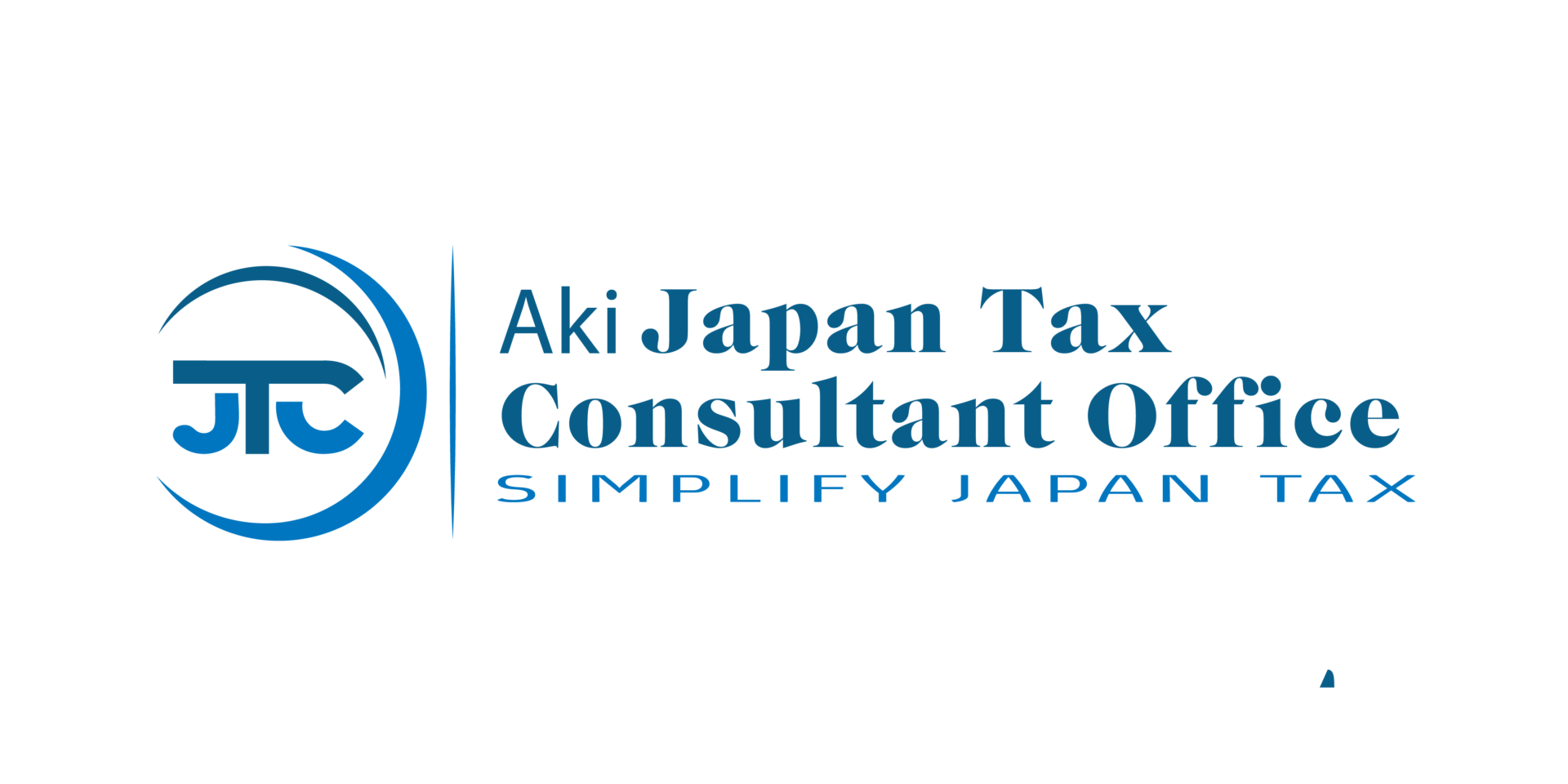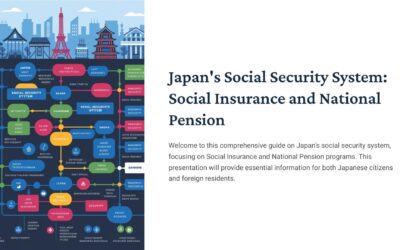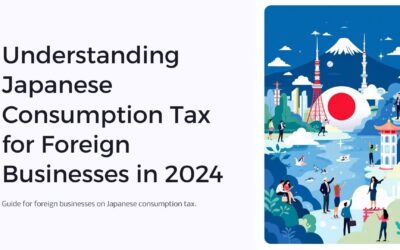Exploring Japan’s tax-free shopping system offers a unique opportunity for visitors and non-residents to enjoy significant savings. This blog post aims to demystify the process, covering everything from eligibility to future revisions.
Understanding Tax-Free Shopping
Japan’s tax-free shopping allows eligible customers to purchase goods without the added consumption tax. This system is particularly advantageous for non-residents and tourists exporting these items. Rooted in the ‘born good by nature’ principle, it’s designed to exempt international visitors from local taxes on goods they intend to use outside Japan.
Eligibility and Product Categories
A non-resident or a temporary visitor can benefit from tax-free shopping. The items eligible for tax exemption fall into two categories: ‘general goods’ like clothing, electronics, and jewelry, and ‘consumables’ such as food, cosmetics, and medicine. It’s important to note that consumables have specific packaging and handling rules to follow.
Price Thresholds and Limits
The minimum purchase amount for tax exemption is set at 5,000 yen. For consumables, the tax exemption applies to purchases between 5,000 yen and 500,000 yen(both inclusive). Remember that these purchases should be for personal use, not for business or resale.
Procedure at the Store
When making a tax-free purchase, you must present your passport or, starting April 2023, a QR code from the Visit Japan web system. Stores will process the tax exemption, ensuring your eligibility and that the goods meet the tax-free criteria.
Handling Tax-Free Goods
Tax-free goods must be exported out of Japan by the purchaser. If these items are opened or used before departure, or if they’re not with you when leaving, you’ll be required to pay the consumption tax. Severe penalties, including fines, can apply in cases of misuse, such as reselling tax-free goods.
Upcoming Changes
Significant changes are expected in 2024 and 2025, with a shift from immediate tax exemption at purchase to a refund system upon departure. This revision aims to streamline the process and curb tax evasion.
Additional Savings
Beyond tax-free shopping, additional discounts are available through platforms like Taxfreeshop.jp, offering up to 7% off on various products. These coupons can provide further savings for shoppers.
Conclusion
Tax-free shopping in Japan is an excellent way for visitors to enjoy diverse products while saving money. Understanding and respecting the rules ensures a smooth and enjoyable shopping experience. Remember, the essence of this system is to facilitate a pleasant visit for international guests while maintaining the integrity of Japan’s tax laws.
Final Thoughts
As a local, I welcome travelers in Japan, encouraging them to create beautiful memories. By adhering to these guidelines, you can enjoy a hassle-free and cost-effective shopping experience in Japan.




